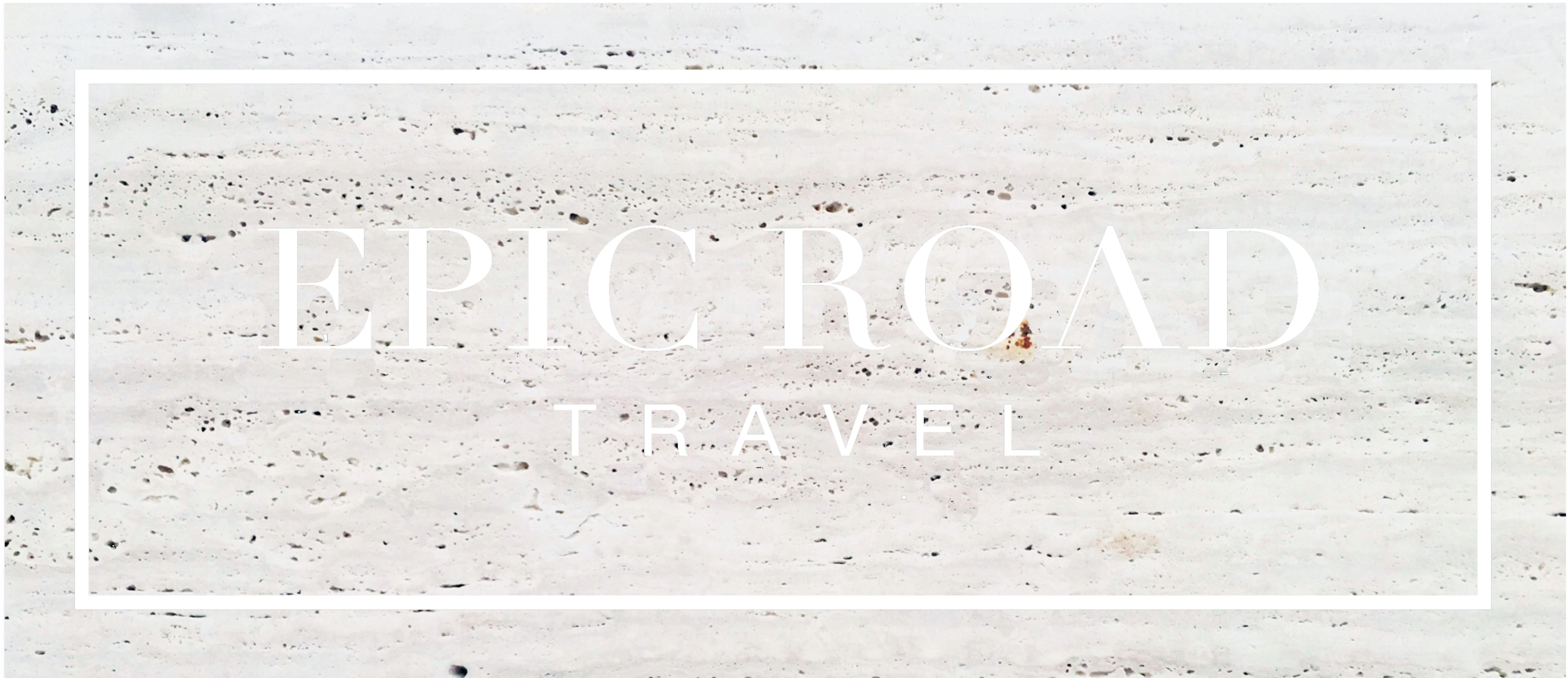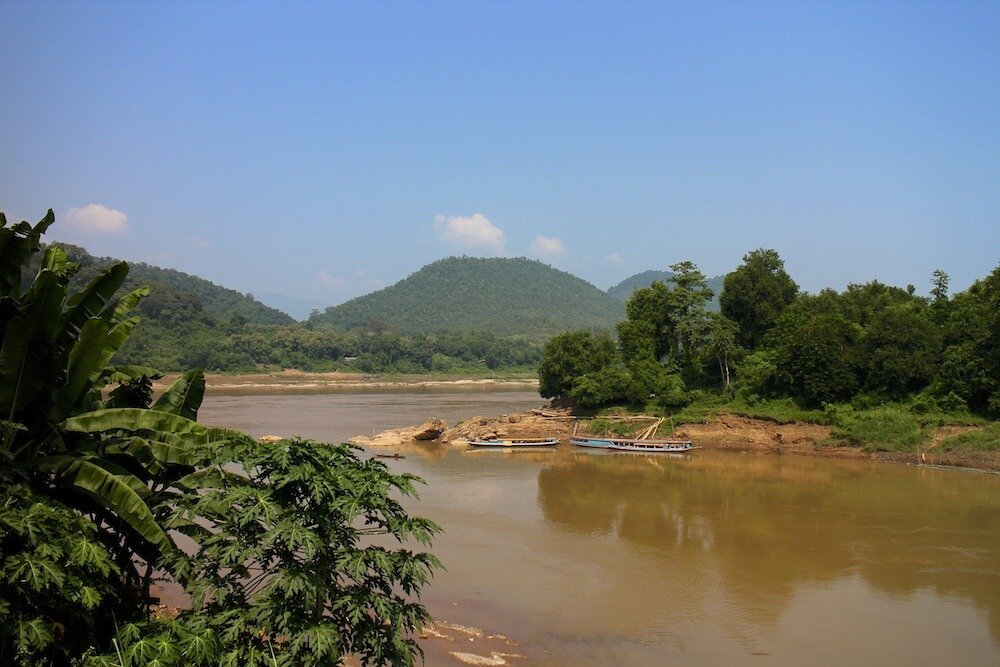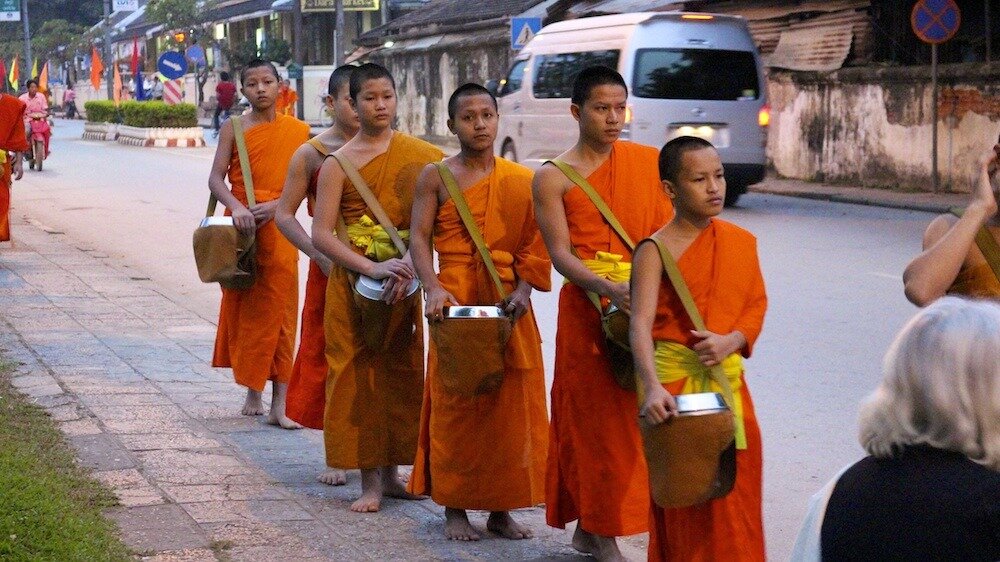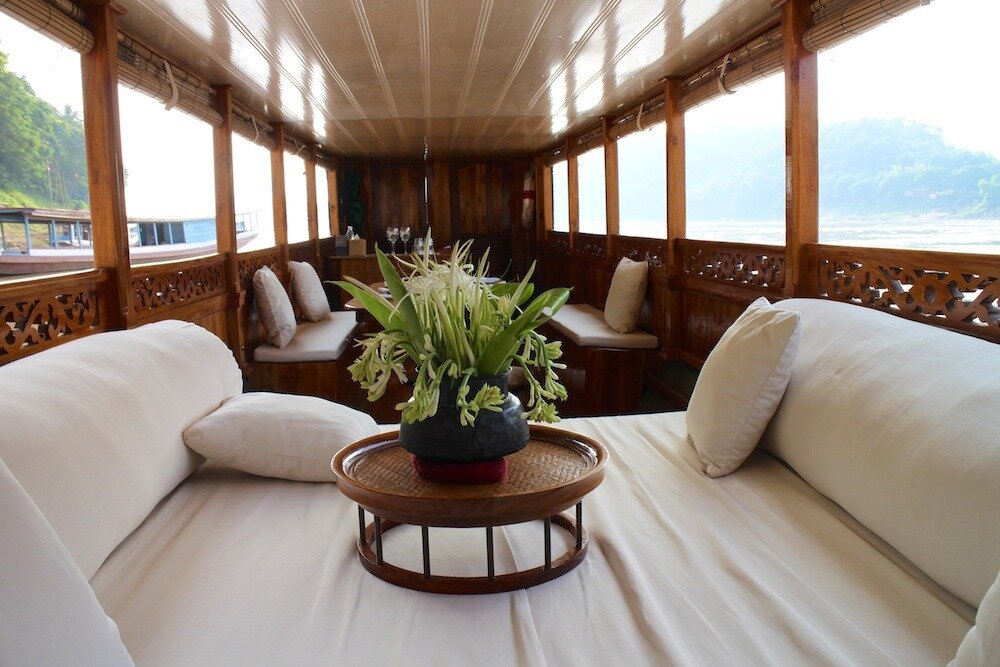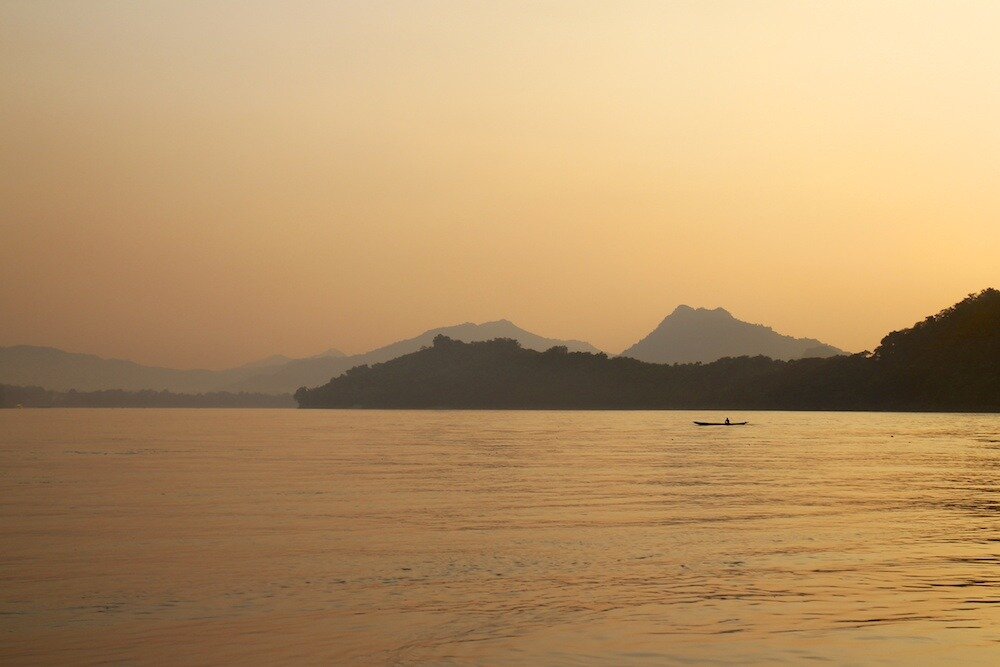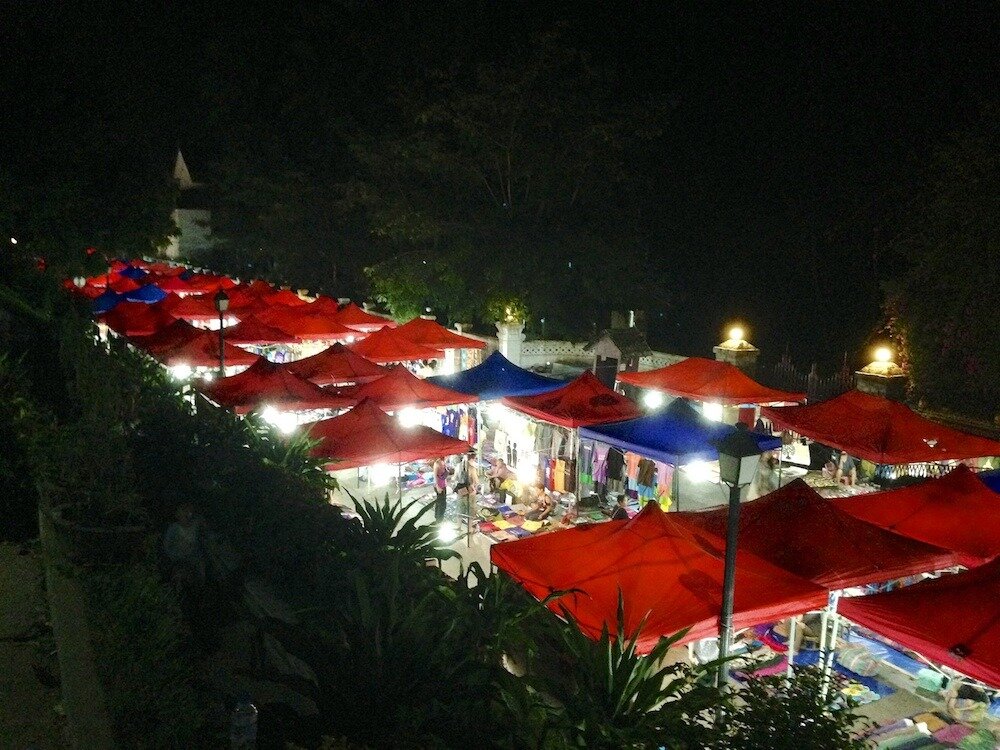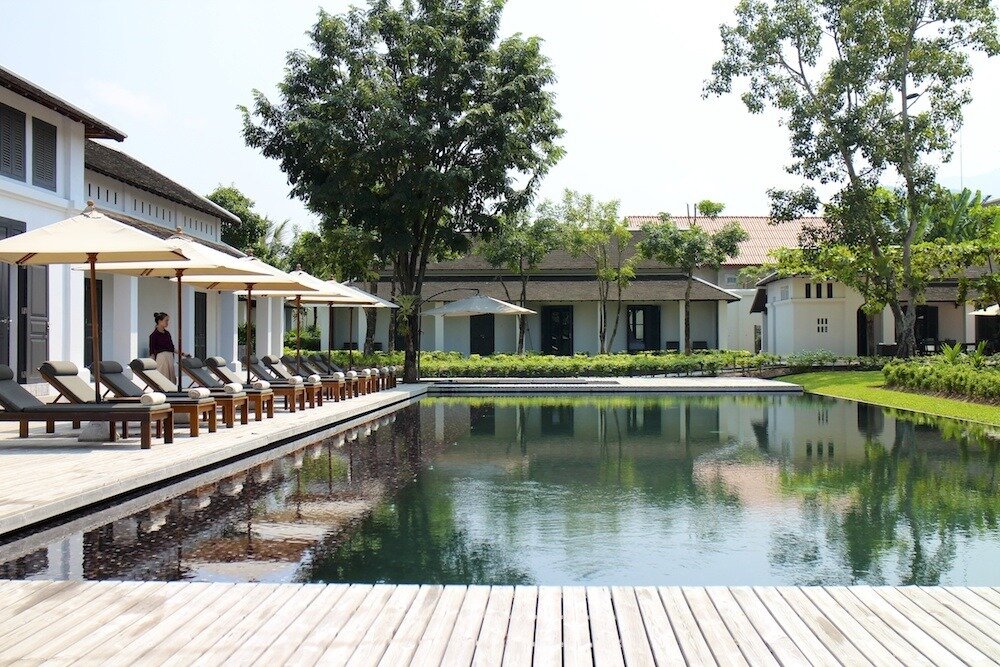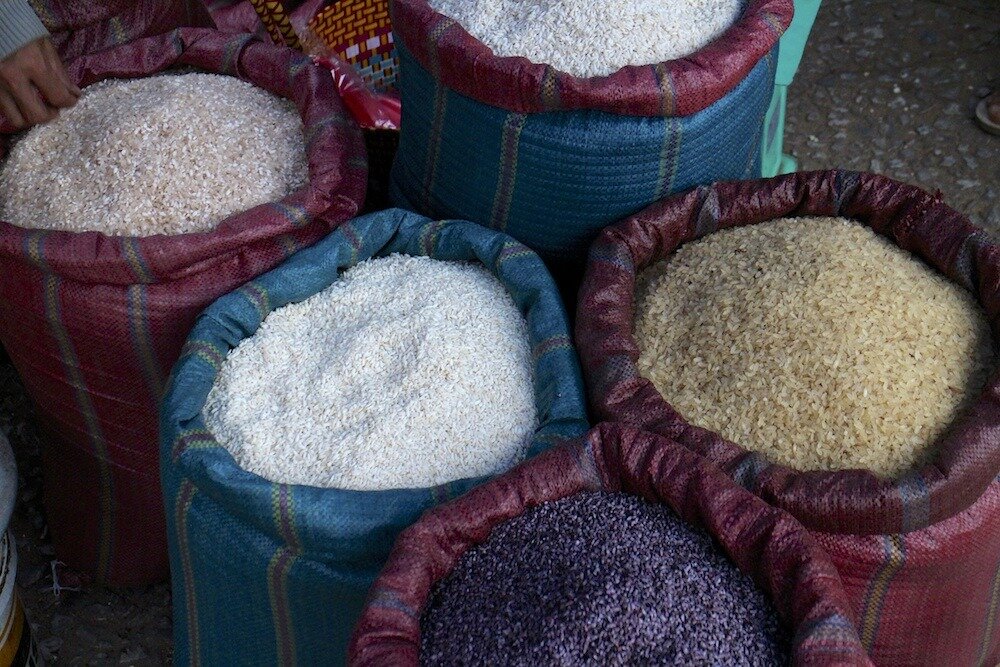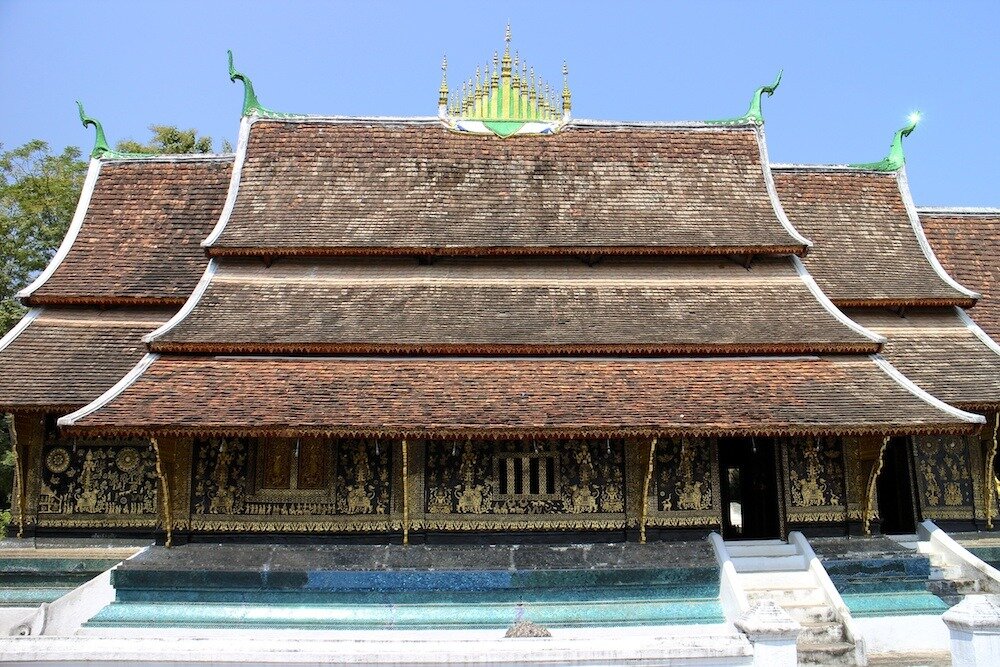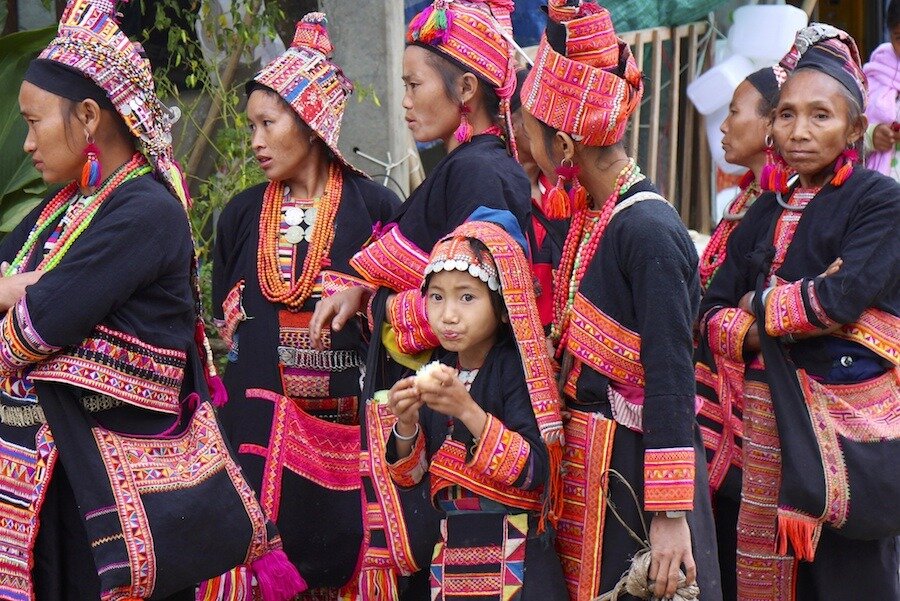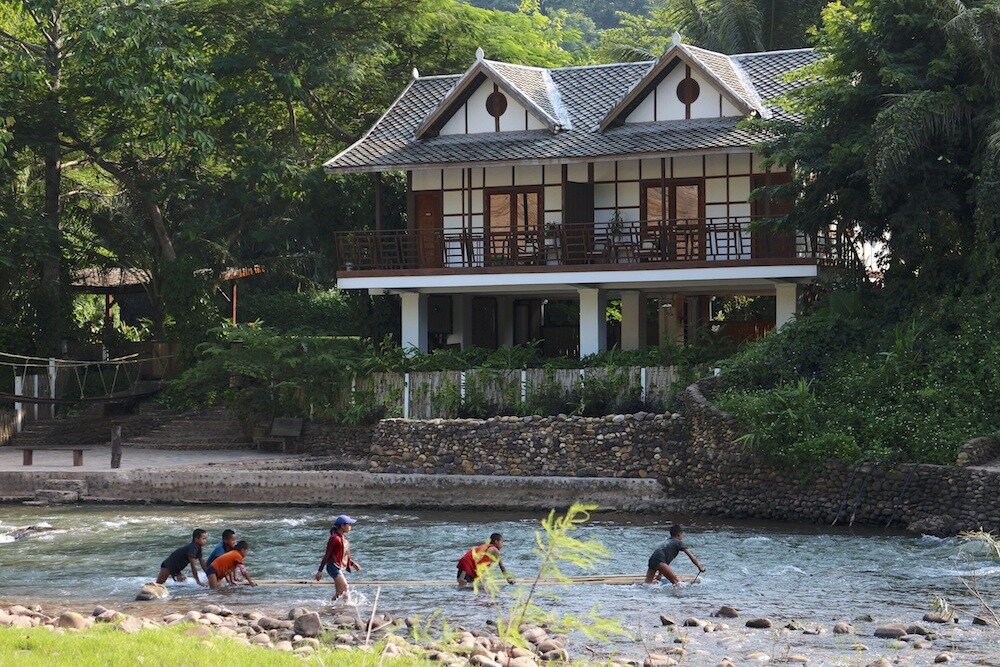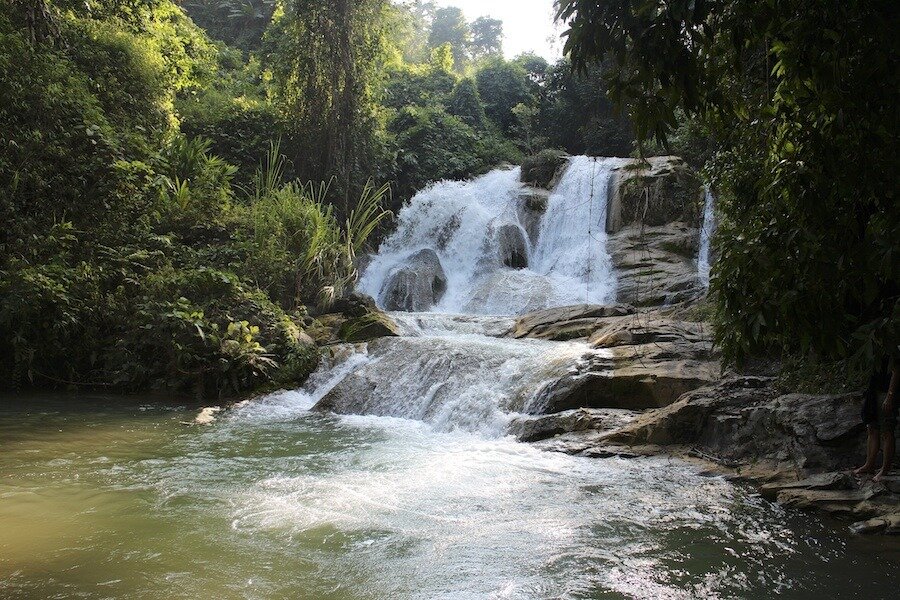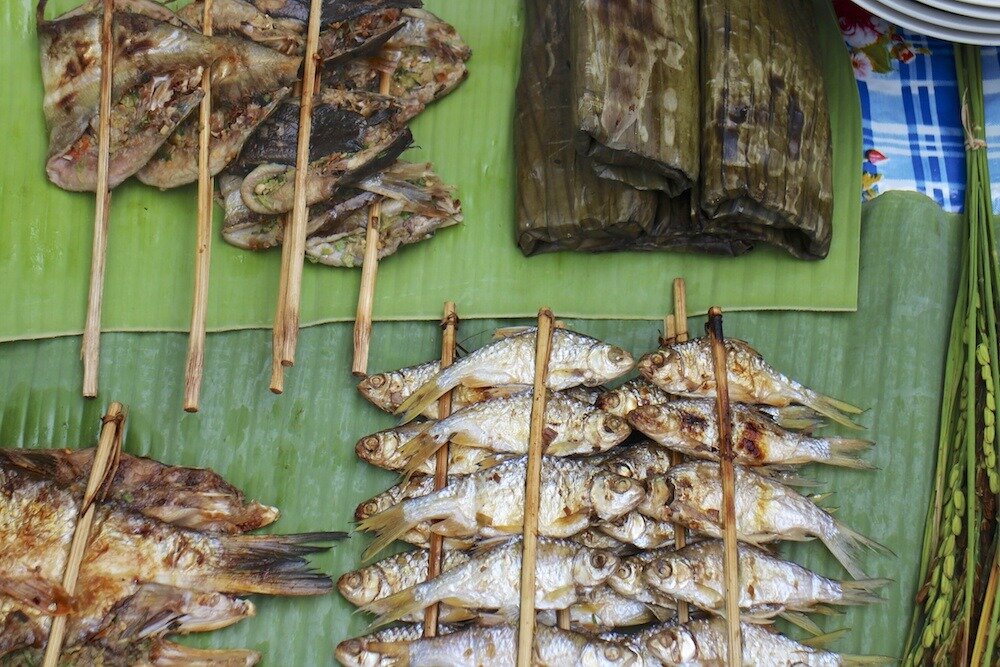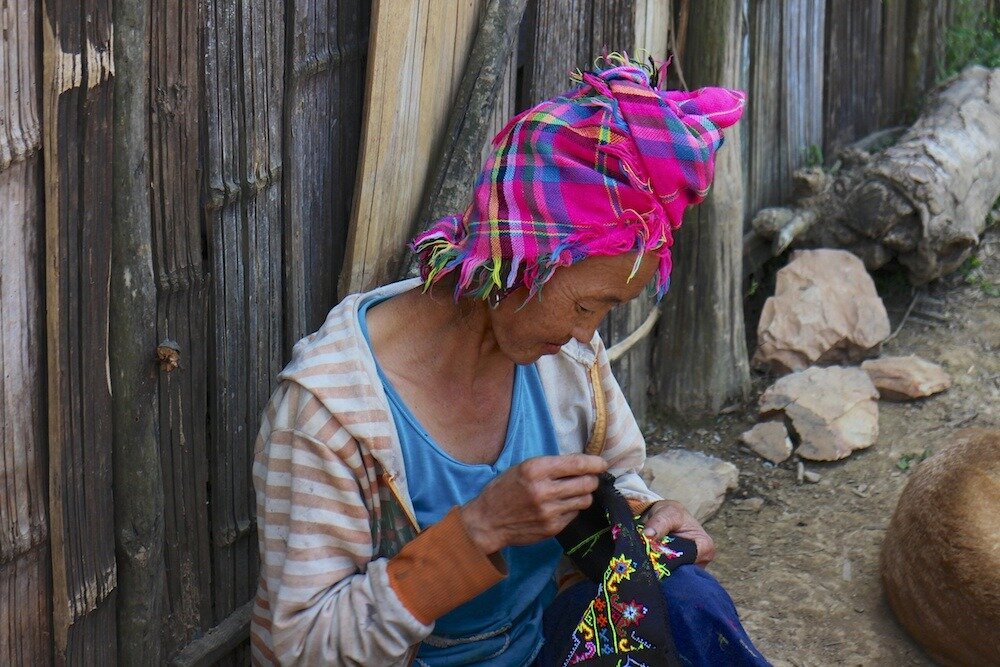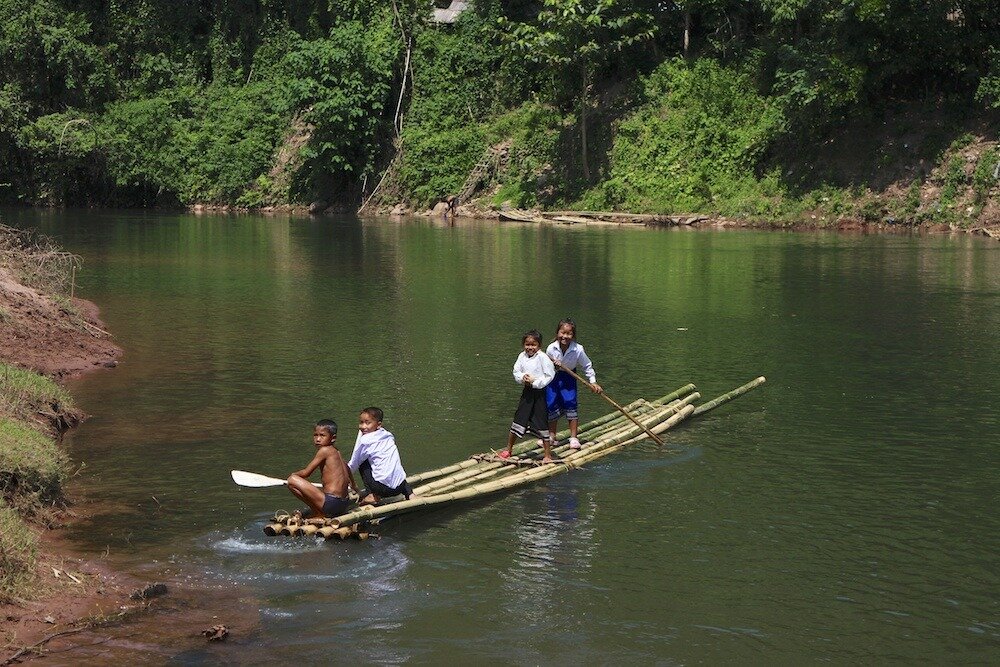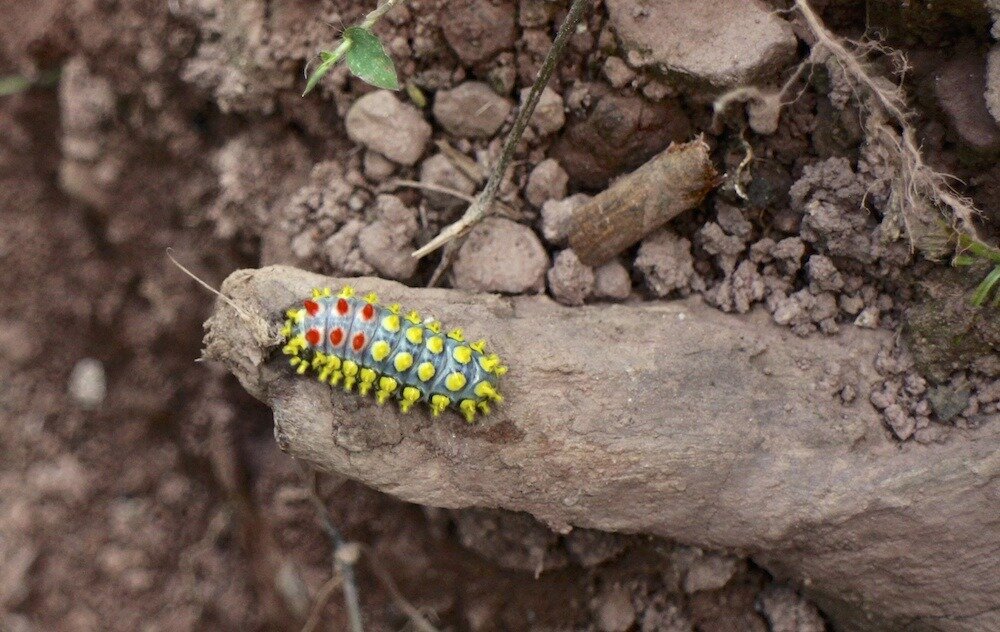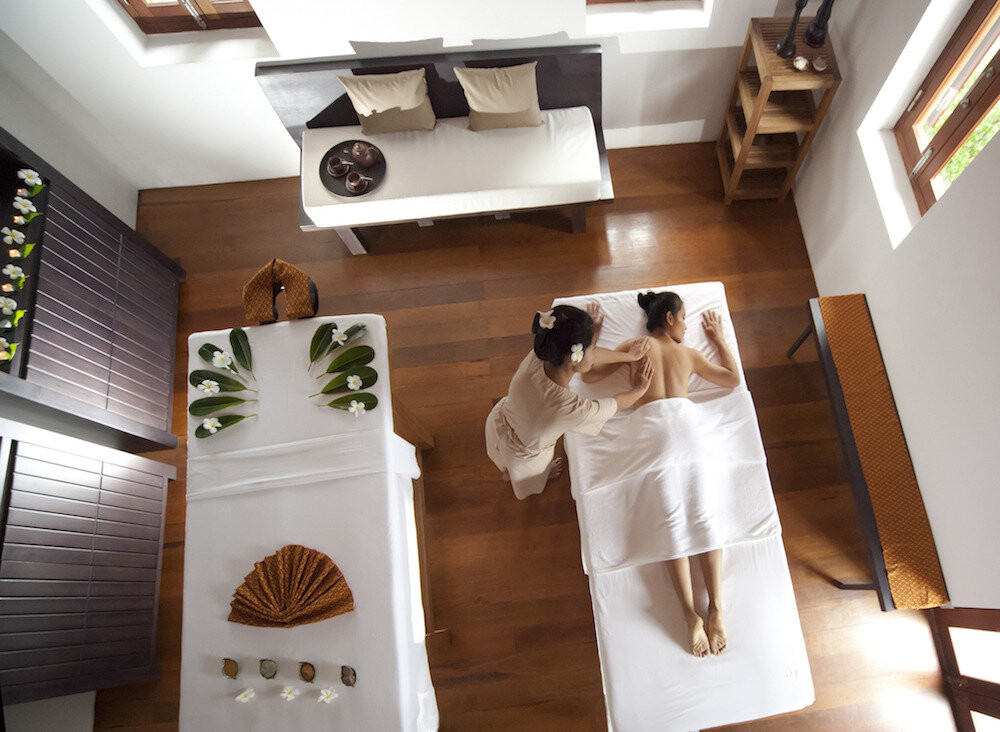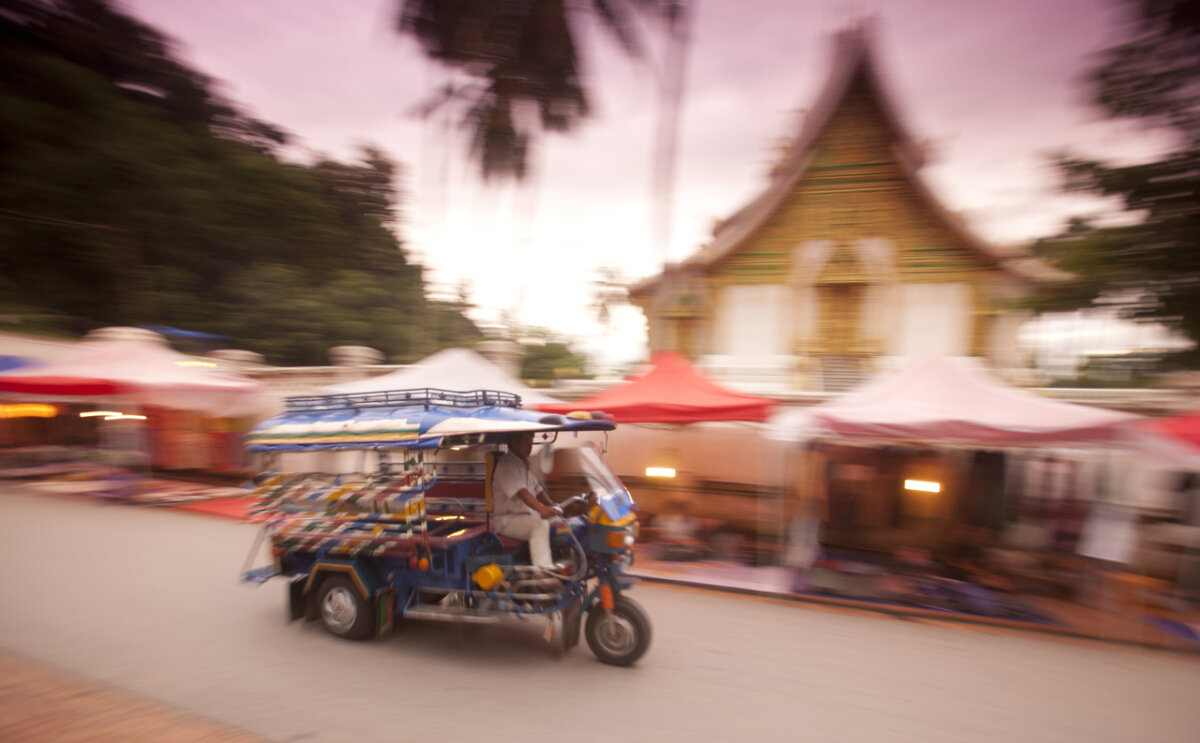Luang Prabang Laos Travel
Luang Prabang and Northern Laos
A Journey of Spirit, Simplicity and TraditioN
A journey through northern Laos carries one to depths of natural purity, cultural authenticity and spiritual reverence not frequently found in other parts of the region—much less the world. The people of northern Laos are known for their incredible warmth and generosity, and peacefully dwell in happy, charming cities like Luang Prabang that continue to embrace centuries-old traditions of worship. The rural rainforests to the north are also incredibly serene, carpeted with lush mountains and verdant valleys that shelter tiny villages of traditional tribal cultures rarely visited by outsiders, while rivers and rich rice fields enhance the landscape and provide sustenance for which the local residents graciously give thanks. Epic Road’s safaris in northern Laos cover Luang Prabang—a historical hub of French-colonial facades, temples and vibrant markets—and follow the Mekong River up into the surrounding rainforest where pristine waterfalls, authentic hill tribe communities and unforgettable experiences await. It is a journey that will take you to the heart of the country, its people and its culture.
WHAT WE LOVE
Trekking Through Northern Laos: Northern Laos is one of the most undiscovered places on the entire planet, and the remote mountain landscape—containing hidden waterfalls and archeological treasures, and dotted with tranquil green rice fields—make the region a dream destination for trekkers of all stripes. Expeditions can be arranged on 4x4, motorbike, bicycle or foot, as you clamber up mountain trails to reach the pinnacles of waterfalls, or traverse picturesque fields of rice, while stopping to enjoy a private picnic lunch against the serenity and peace of this beautiful backdrop. With some luck you'll spot the elusive clouded leopard.
Visiting Hill Tribes: Villages in northern Laos remain among the most isolated and traditional in the region, and there still exist many tribal groups that are rarely exposed to exigencies of the modern world. Insider expeditions can be arranged to visit with communities of the Khamu, who reside in stilt houses and live according to ancient agricultural and hunter/gather practices; the Ikhos, who are known for their distinctive headdresses and believe the spirit world guides all their actions; and the Hmong, who practice animism and believe in the interconnectedness of all living things. All interactions offer outstanding opportunities to engage directly with cultures that remain a mystery to many, and to develop firsthand an appreciation of the cultural and spiritual traditions that make this isolated corner of the world so peaceful and unique.
Daily Alms: A not-to-be-missed spiritual event is the alms ceremony that occurs every day at sunrise in Luang Prabang. Hundreds of Buddhist monks walk through the streets and accept sticky rice and other offerings of food and gifts from the faithful. It’s magical to witness the monks dressed in their bright orange robes proceeding silent and barefoot through the landmarked city streets, and the outpouring of goodwill that happens daily will renew your faith entirely.
Baci Ceremony: This spiritual ritual has been practiced in Luang Prabang for centuries, and visitors are encouraged to take part. The Baci ceremony realigns and reestablishes the 32 Khouan (spirits) within the body that protect from illness or bad luck, and is led by a Mo Phon (wise person) who beckons back the spirits with strands of cotton that radiate from his altar. The cotton is then fashioned into a bracelet and tied around participants’ wrists after they make a wish, encouraging the Khouan to stay with them always—an unbeatable souvenir!
New Years in April: Pi Mai Lao, the Laotian New Year, happens in mid-April and is undoubtedly the most festive—and the most fragrant—celebration of the entire year. For three straight days Laotians of all ages take to the streets for playful rituals of music, dance and public cleansings, dousing their families, friends and neighbors in flowers and perfumed hoiy water that will purify their spirit for the coming year. Even Buddha is not spared, as monks remove statues from temple alters to allow celebrants the opportunity to bestow upon him their liquid blessings. The final day of Pi Mai consists of a more solemn sunset candlelight vigil and chant, a time to ask for forgiveness, and say farewell to last year's bad spirits that have just been washed away.
Market Tours & Cooking Classes: Join a local chef for a tour of Luang Prabang’s famous morning food market, where fresh vegetables, spices, meats and fish are on colorful display. Then learn to cook Lao specialties in an open-air kitchen, instructed by your chef—who may even reveal his secrets. Lao cooking is a blend of Chinese, Thai and Vietnamese cuisine, accented with indigenous spices and herbs. The classes pay particular attention to incorporating local and regional flavors and cooking techniques, a recipe that allows you to learn about cultural distinctions, via the enjoyment of cultural delicacies.
Kuang Si Falls: This triple-tiered waterfall about 20 miles from Luang Prabang is breathtaking to behold, and the trip to get there on its own is well worth the journey. The route will take you through tiny villages and bucolic rice paddies before reaching Kuang Si, which begins as a small stream falling from shallow pool atop a hillside, and eventually cascades down into deep pools of sparkling turquoise water—ideal for taking a refreshing dip. After your swim, visit the nearby Tat Kuang Si Rescue Center, which works to save Asiatic black bears from illegal poaching, and witness first hand the remarkable care given to these noble creatures.
Elephant Encounters: Interact directly with these beautiful, gentle creatures, many of which have been freed from brutal logging work and now live protected in this natural habitat. Visitors learn how to bathe, feed and provide hands-on care for the animals from an authentic keeper. Overnight excursions are available, and there are a number of spectacular hikes, river activities, and local village visits that can also be arranged in the rugged mountains that surround the region.
Library Boat and Luci Light Distribution: Starting in Luang Prabang, set out on a floating library boat and deliver books and Luci Solar lights to children in remote villages along the Mekong River. A Luci Solar Light Drop is a signature experience that supplies portable, durable inflatable solar lights to impoverished areas, allowing residents the opportunity to live more safely and productively, and allowing children to read their new books far into the night. You’ll also have the opportunity to read to the children yourself and to instruct their families on how to use the lights—empowering for all in more ways than one. It’s an unforgettable and deeply gratifying experience.
REST & REJUVENATE
Satri House: This charming boutique hotel sits right in the heart of Luang Prabang in what was once the residence of the Prince of Laos, and remains a true urban oasis today. The original house features three suites, and an additional 28 rooms are located throughout more recently built colonial-style buildings nestled effortlessly in the manicured grounds. Each space is classically decorated in rich woods, soft fabrics and 19th-century antiques, and—like the hotel’s original inhabitant—all guests are made to feel like royalty.
Hotel de la Paix Luang Prabang: A unique boutique hotel in a century-old French fort with a kiss of modern award-winning contemporary design on the inside of its walls. Many of the rooms have indoor and outdoor living areas complete with plunge pools and walled gardens. Clean lines mixed with rich history.
Amantaka: Amantaka evokes the French colonial history of Luang Prabang while still honoring the elegance of traditional Lao architecture and hospitality. There are 24 impeccably designed suites, each with expansive indoor and outdoor living areas, and all but eight have private pools. The resort is located on a private garden estate that is also within walking distance of the city’s main square, so you won’t have to go too far to enjoy the area’s fine boutiques and restaurant, stroll around the fabled night market, or awake at sunrise to join the procession of Buddhist monks in their daily quest for alms.
La Residence Phou Vao: Situated at the top of Phou Vao hill overlooking Luang Prabang, La Residence Phou Vao is an enchanting escape of spacious, dignified rooms surrounded by the vibrant colors and sweet aromas of the hotel’s spectacular garden. La Residence’s greatest draw is the dramatic infinity pool that stops right at the edge of the cliff upon with the resort is perched, offering un-topped views of the mountains, valleys and city landscape below. The Phou Savanh restaurant is also renowned for its Laotian-infused French cuisine, and a full-course evening meal is the perfect denouement to a spectacular sunset swim.
Apsara Rive Droite: On the banks of the Nam Khan River is an intimate boutique hotel in a most exotic setting. Apsara Rive Droite’s coveted location ensures that each of its nine rooms have magnificent views of the river, mountains and temples of Luang Prabang. Each room is also incredibly spacious, with private verandas or terraces, and boat or bicycle services on offer to provide guests with easy access to the center of Luang Prabang.
Muang La Resort: For those who wish to travel deeper into the mountains of northern Laos, the exclusive sanctuary of Muang La Resort is a gem of a hideaway. The resort is built in the middle of an ancient forest, right alongside a 1,000-year old hot spring, in a region steeped in Lao tribal culture and traditions. Muang La was built with the cooperation of local villagers and its layout and design has left the original natural environment utterly untouched—a perfect setup from which to explore the surrounding villages and rainforest terrain on foot, bicycle or 4x4. And apart from its stunning natural location, one of the crowning glories at Muang La is its signature restaurant, La Sala. Built on a private island in the center of the adjacent river, reachable via walking a candlelit path and crossing a hanging bridge, La Sala offers the services of a private chef and butler who will ensure that no detail goes untouched as you are treated to a full-course, locally-inspired gourmet menu and dine in the height of isolated luxury.
WHAT TO KNOW
Visas are required for those who hold US and EU passports. They may be obtained at a Lao embassy or consulate prior to your trip, or at the airport upon arrival.
Weather in Luang Prabang is tropical, with temperatures averaging 70 - 80 degrees Fahrenheit for most of the year. The dry season runs from November to May, and the wet season runs May to October, though rains generally come in short bursts.
Weather in northern Laos is cooler, and evening temperatures in the mountains can dip below 50 degrees Fahrenheit.
The best time to visit Laos, especially for trekking, is during the dry season months of November to March. The Pi Mai Lao New Years celebration falls every year from April 14th - 16th.
Clothing recommendations include thin layers and rain slickers. Conservative attire is respectful when visiting temples.
English is spoken in most major tourist areas.
